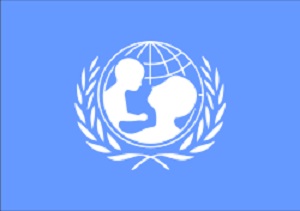[youtube http://www.youtube.com/watch?v=DMtdlZFucp4?rel=0]
QR code and choosing a new vehicle
Car shoppers find a wealth of information on the stickers placed on new vehicles for sale, however, accessing the QR codes on the sticker by use of smartphone can give an even greater understanding what what each make and model has to offer.
Fuel economy label
When faced with a fuel economy label on a new car or truck, take some time to look at the sticker before accessing the information that you will get through the QR code. Each label will give you the EPA estimated MPG for that make and model. These numbers can differ for city driving and highway driving, with highway numbers showing better mileage. You should also find out about a greenhouse gas rating and a smog rating. These numbers help you decide not only how many miles per gallon you could get but also the environmental impact of driving that particular model of car or truck.
The internet has a wealth of information for consumers that do not understand fuel economy or how their own driving habits can change the MPG they are going to get. Information on both fuel economy, how MGP are calculated and tested, and also how emissions requirements are met can all be found online through government and private sector websites.
Accessing the QR codes
Smartphone users have the option of using the QR code featured on the new fuel economy labels that were produced by the EPA and the Department of Transportation. QR is short for quick response reader. QR is a distinctive code that can be found on some products, in stores and entertainment facilities, and in advertisements. Using a smartphone, the user can scan this code to get information quickly downloaded right on their phone. The new labels have a QR code that can help consumers choose the right vehicle.
When accessing the QR code on new automobiles, users can find a wealth of information. Both EPA estimated MPG for city driving and highway driving will be listed. Emissions testing information is also included. The code will also help consumers estimate how much money will they save on gas as apposed to to their current vehicle gas mileage and also estimate fuel mileage saving for highway versus stop and go driving. Drivers can include different aspects of their own driving habits for even more accurate results.

 The massive international children’s charity is now appealing to smartphone and tablet consumers.
The massive international children’s charity is now appealing to smartphone and tablet consumers.